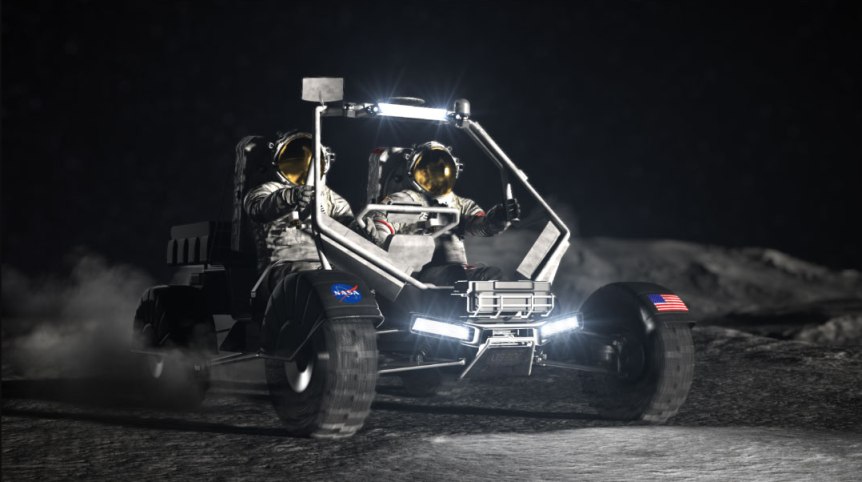NASA Administrator Bill Nelson is not concerned that China will beat the United States to returning astronauts to the Moon. Both China and the United States plan to land astronauts on the moon before the end of the decade, reigniting talk of a new space race.
“It is a fact: we are in a space race,” NASA chief Nelson said in a 2023 interview. “And it’s true that we better make sure they don’t get to the Moon before us under the guise of scientific research. And it’s not beyond the realm of possibility that they say, ‘Don’t go, we’re here, this is our territory.’”
But Nelson no longer seems to believe China can win the “race.” During a media conference call on January 9, 2024, to discuss the agency’s Artemis program schedule, NASA’s chief announced that the agency now plans to launch the Artemis 3 mission, which will land a crew on the lunar surface, in September 2026. Asked about China’s timeline during the conference call, Nelson dismissed concerns that the U.S. could lose the race to return humans to the moon.
For its part, China aims to place a crew of astronauts (or taikonauts, as the country’s space crews are called) on the Moon by 2030. Both the United States and China are aiming for the moon’s south pole, a region believed to be rich in water ice. To get its crews there, the Chinese space agency plans to test its new manned spacecraft by 2027 or 2028.
The Chinese space agency has also drawn up plans to use two launches to reach the Moon – one to place a lunar lander into orbit and the other to send a crew. According to Reuters, the two-launch plan would “overcome China’s long-standing technology challenge in developing a super-powerful rocket powerful enough to send both astronauts and a lander.”
However, China’s lunar ambitions are not just about placing astronauts on the lunar surface. The National Space Agency plans to launch the Chang’e-6 robotic mission to the far side of the moon to collect lunar samples and return them to Earth. If successful, this will be the first time material has been returned from the far side of the Moon. According to SpaceNews, the Chinese space agency plans to launch the mission at the end of 2024.
But this is not the entire list of competitions when it comes to China, the USA and the Moon. In late 2023, NASA funded its scientists to apply for access to lunar samples returned to Earth by the Chang’e 5 lunar mission. For the first time, American scientists were able to physically gain access to Chinese lunar samples.
It should be noted that the Peregrine lander, sent by NASA to the Moon on January 8, 2024, was unable to reach the target due to a fuel pump failure; there were valuable scientific instruments on board:
– Laser Retroreflector Array: A set of approximately half-inch (1.25 cm) diameter retroreflectors—mirrors used to measure distance—mounted on the lander. This mirror reflects laser light from other orbiting and landing spacecraft to accurately determine the position of the lander.
– Neutron Spectrometer System: This system would look for indicators of water near the lunar surface, detecting the presence of hydrogen-containing materials at the landing site, as well as determining the bulk properties of the regolith there.
– Linear Energy Transfer Spectrometer: This radiation sensor collects information about the lunar radiation environment and any solar events that may occur during the mission. The instrument is based on flight-proven hardware that flew into space during the first uncrewed flight of the Orion spacecraft in 2014.
– Near Infrared Volatile Spectrometer: The system measures surface hydration and volatiles. It also detects specific minerals using spectroscopy while mapping surface temperatures and changes at the landing site.
– Peregrine Ion Trap Mass Spectrometer: This instrument studies the thin layer of gases on the lunar surface called the lunar exosphere, as well as any gases present after descent and landing, and during the lunar day, to understand the release and movement of volatiles. It was previously developed for the ESA (European Space Agency) Rosetta mission.





